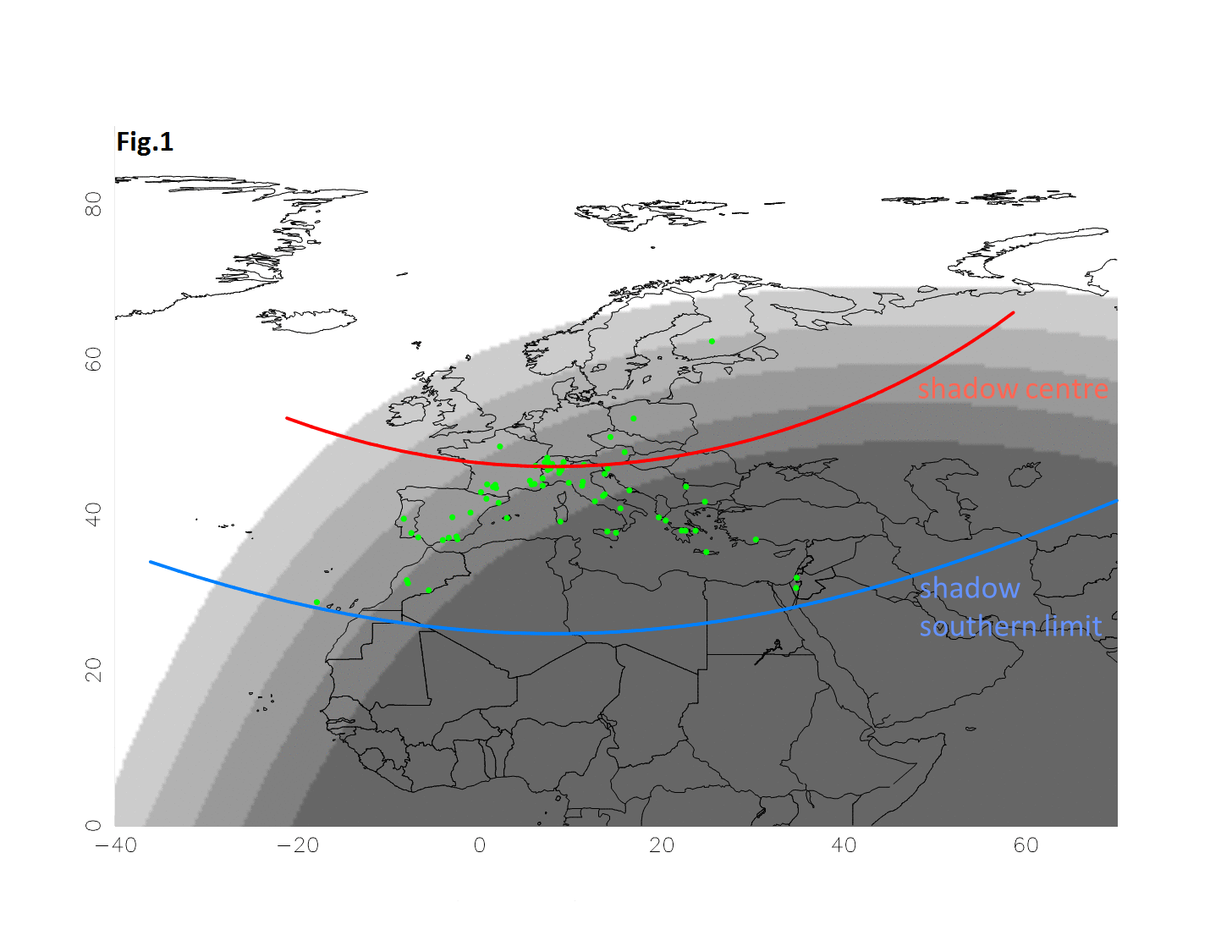Pluto stellar occultation
Gaia > iow_20160914
http://www.cosmos.esa.int/web/gaia/iow_20160914
On 19 July 2016, Pluto passed in front of the faint star UCAC4 345-180315, offering a rare chance
to study the atmosphere of the dwarf planet as the star gradually disappeared and then reappeared behind Pluto.
This stellar occultation was only visible from a narrow strip stretching across Europe, similar to the totality path that a solar eclipse
lays down on our planet’s surface. Precise knowledge of the star's position was crucial to correctly compute where on Earth the event was
visible, so the exceptional early release of the Gaia position for this star, which was ten times more precise than previously known, was
instrumental to the successful monitoring of this rare event.
